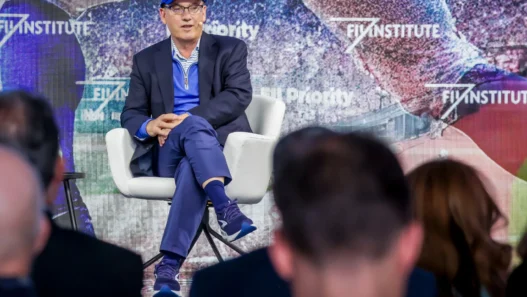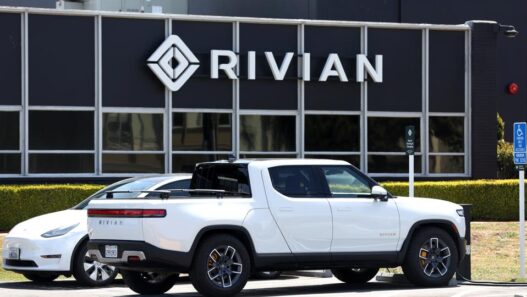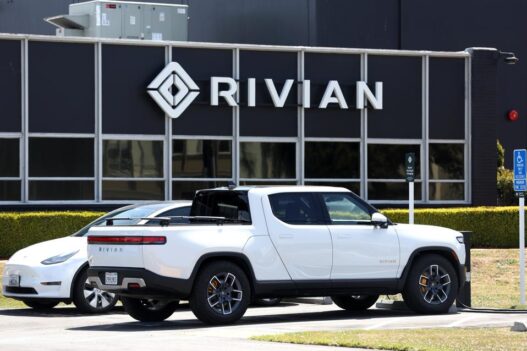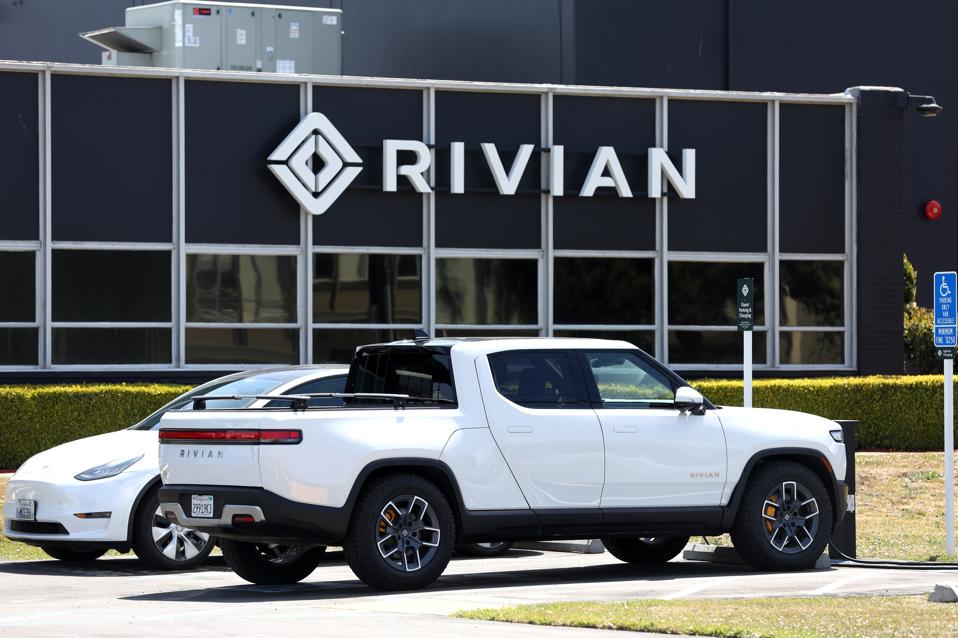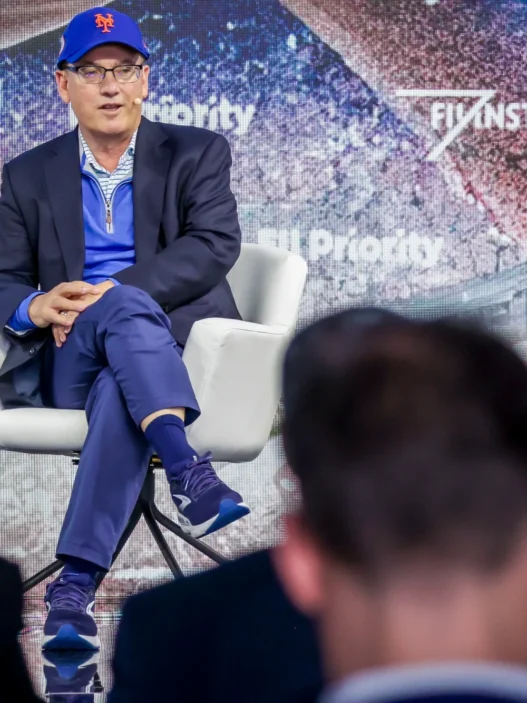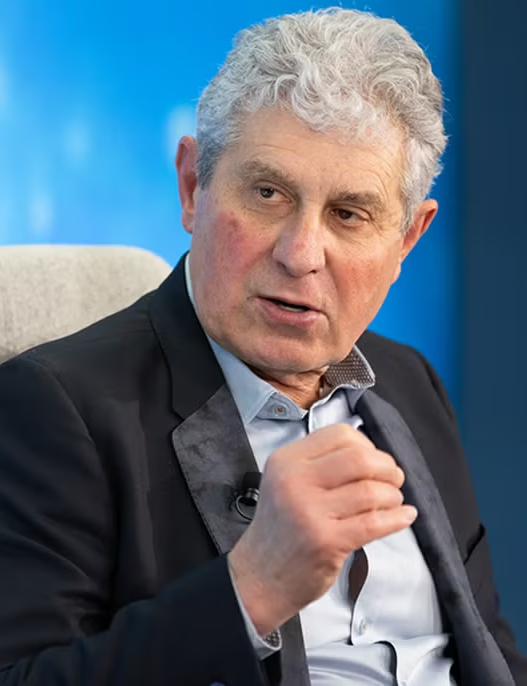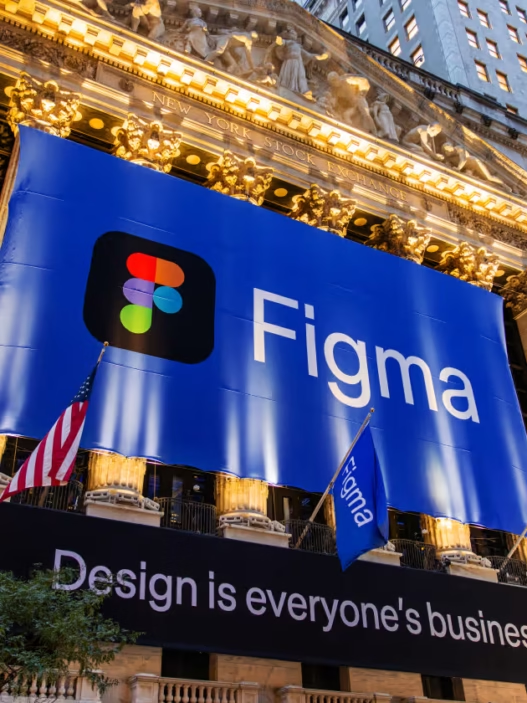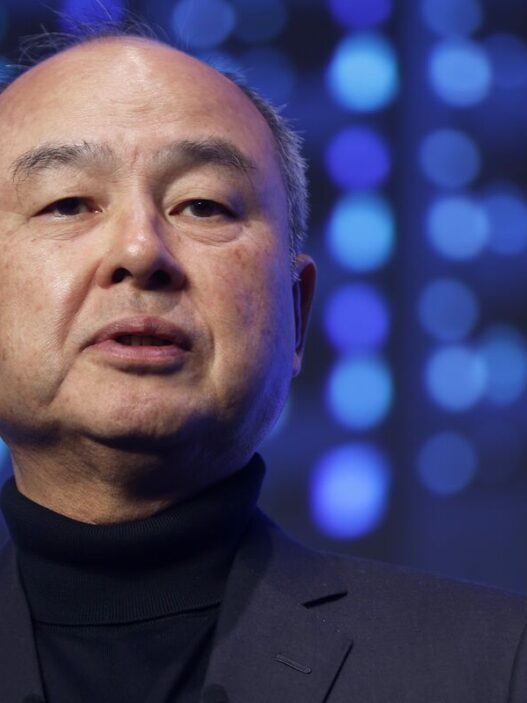In a candid reflection on the future of the electric vehicle industry, Rivian’s Chief Financial Officer, Claire McDonough, has suggested that the expiration of government tax credits for electric vehicles may be a blessing in disguise — one that could finally push automakers to confront the economic realities of mass-market electrification.
Speaking at an investor conference this week, McDonough described the coming end of the federal EV tax credit program as a “reset moment” for the industry. While the $7,500 consumer credit under the Inflation Reduction Act has helped drive sales and make EVs more attractive, she argued that manufacturers have become overly dependent on subsidies rather than addressing the fundamental cost challenges that make electric cars expensive.
“We can’t build a sustainable EV industry on government incentives forever,” McDonough said. “This moment forces us to focus on true affordability — to design vehicles, supply chains, and production systems that can compete head-on with combustion engines without relying on tax credits.”
A Tipping Point for the EV Market
The electric vehicle sector has long leaned on tax breaks, rebates, and other incentives to offset high battery and production costs. However, those subsidies are starting to fade. Under updated rules, many EVs no longer qualify for the full $7,500 credit due to stricter requirements around domestic sourcing of batteries and minerals. Some automakers will lose eligibility entirely by 2026, depending on how their supply chains are structured.
For startups like Rivian, which has positioned itself as a premium adventure-EV brand, the change represents both a challenge and an opportunity. The company, which produces the R1T pickup, R1S SUV, and the Amazon delivery van, has relied on affluent customers and fleet contracts to sustain growth. But with the tax credit phase-out, Rivian — like others — is being pushed to target the mass consumer market.
“The end of incentives means that product design, cost control, and manufacturing efficiency become everything,” McDonough said. “It’s an equalizer. Now, the companies that can truly innovate in cost structure will win.”
Shifting From Luxury to Accessibility
Industry analysts say McDonough’s comments reflect a broader trend: the shift from high-end, early-adopter EVs toward mainstream, affordable electric cars that can appeal to average consumers.
For years, most EVs — including those from Tesla, Lucid, and Rivian — have been priced above $60,000. While they have pushed technological boundaries, they remain out of reach for much of the population. As government support wanes, automakers are under pressure to break through the cost barrier.
“EVs can’t stay luxury products forever,” said Dan Ives, a Wedbush Securities analyst. “We’re entering the next phase of the market — affordability, efficiency, and mass production. Companies that can’t bring EVs below $40,000 are going to struggle.”
Rivian has already hinted at its next move in this direction. The company is developing a smaller, more affordable vehicle platform known as the R2, expected to debut in 2026. This model is designed to compete directly with Tesla’s Model Y and Ford’s Mustang Mach-E — but at a significantly lower price point.
The Industry Faces a Cost Reality
The phase-out of EV incentives coincides with a challenging period for electric automakers. Supply chain disruptions, raw material price spikes, and cooling consumer demand have squeezed profit margins. Battery costs, while falling, still make up roughly 30–40% of an EV’s total cost, leaving little room for manufacturers to reduce prices without major innovation.
Many companies are responding by rethinking production strategies. Ford, for example, recently announced plans to scale back investment in high-cost battery plants and focus instead on lower-cost models with smaller, more efficient batteries. GM, meanwhile, is retooling its factories to build EVs more cheaply on its Ultium platform.
Rivian’s CFO suggested that this kind of shift is overdue. “The next frontier isn’t performance or luxury — it’s affordability at scale,” McDonough said. “That means innovation in materials, software, and manufacturing. It means doing more with less.”
A Post-Subsidy Market Will Separate Winners from Losers
Without tax credits cushioning the sticker shock, automakers will have to rely on true market competitiveness. That means EVs must not only match gasoline vehicles in price but also outperform them in durability, convenience, and maintenance costs.
Some industry observers see the coming period as a “Darwinian moment” for the EV sector — one that will separate resilient companies from those that cannot sustain themselves without subsidies.
“Government support was the training wheels,” said Michelle Krebs, an auto analyst at Cox Automotive. “Now the wheels are coming off. We’ll find out which companies can actually ride.”
For Rivian, which has struggled with production bottlenecks and high costs but maintains a loyal customer base, the transition may be tough but ultimately healthy. The company has already begun tightening its operations, achieving gross margin improvements and cost-per-vehicle reductions in recent quarters.
“We’re building toward a future where EVs stand on their own economic legs,” McDonough said. “That’s how you build a permanent, competitive industry — not one that depends on policy cycles.”
Consumer Impact: Price Wars and Innovation
For consumers, the end of EV tax credits could bring both pain and progress. Prices may initially rise as automakers adjust, but increased competition and a renewed focus on efficiency could eventually drive costs down organically.
Tesla’s recent price cuts on several models — in response to slowing demand and new entrants like Rivian, Hyundai, and BYD — signal that a price war is already underway. As incentives fade, that war could intensify.
“We’ll likely see EV pricing flatten or decline as automakers streamline costs,” said Jessica Caldwell, executive director at Edmunds. “The real winners will be consumers — once companies learn to make EVs profitably without government help.”
The Long-Term View
While some automakers have lobbied for extending the EV tax credit system, McDonough’s comments suggest Rivian is preparing for a world where subsidies are no longer a crutch. She believes the end of tax incentives will spark a wave of creative engineering and business model reinvention, not just survival tactics.
“This is the moment where we prove what this industry is capable of,” she said. “Affordable, efficient, sustainable electric mobility — that’s the future. The end of credits just means we have to get there faster.”
As the global race toward electrification accelerates, Rivian’s stance underscores a critical turning point. With subsidies winding down and competition intensifying, the next few years will determine which automakers can evolve — and which will fade into the history of the EV boom’s first generation.
In McDonough’s words: “It’s time for the electric car to grow up.”


